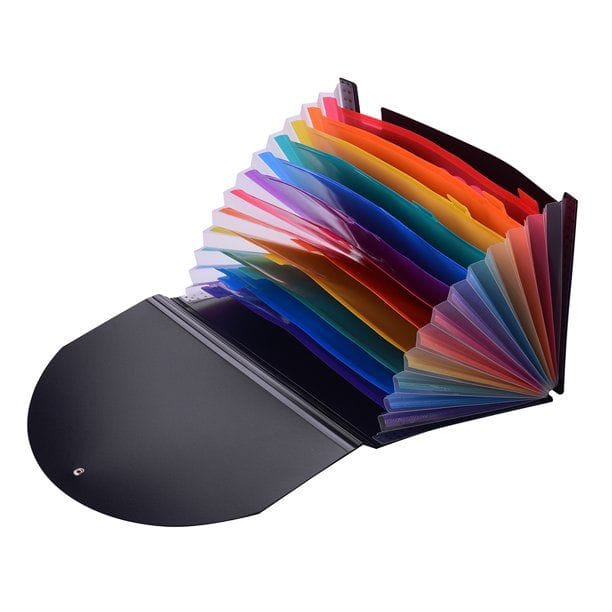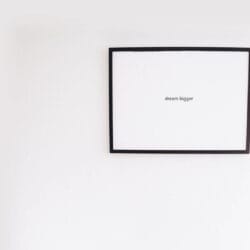In the near future, we will be living in circular economy-led sustainable apartments, with sustainable…
Finding the perfect travel backpack isn’t easy when you consider the different types of travel. This is where the design of things and ergonomics comes in.
The travel industry is filled with backpacks and suitcases, and whilst the modern pulley-wheel travel cases are the most popular, they aren’t very friendly to those going off the beaten track a bit.
I understand ‘the design of things’ very well, but realised my portfolio doesn’t have many examples of that. Most of my user experience product-related work falls back over 5 years ago. That said, I do understand backpacks after living abroad and traveling (on and off) for a decade of my life.
Therefore, I decided (during lockdown) to revisit my portfolio and fill in the blanks. I wouldn’t want potential clients to miss out on a skill I can offer them if it was to really help them develop sustainable and ergonomic products of the future.
So, this one feels a bit like going back to university and making a mockup case study, because, well it is. This case study could fit into the ‘innovation‘ category too, but the aim is to focus a lot more on the product design ergonomics, how we design something to be user friendly, which is why it’s stored under ‘experience‘. Part of this mockup case study is also a bit of a story about effective traveling, so if you are interested in that read on.
Why A Case Study On Travel Backpacks?
I remember the early days of my traveling chapter. You’d (try to) sleep in those dorm rooms with many strangers coming in and out, all with very different travel habits and experience levels. A common occurrence (besides a range of snoring) would be the sheer comedy of seeing people unravel their 2-3 large suitcases to find a toothbrush, a USB charger, or a pair of socks.
If you have budget traveled before in shared accommodation then you’ll know what I mean. It’s not that dorm rooms don’t have any room to move a such, but they don’t cater for the sheer number of bags and belonging people bring with them, especially novice travelers/tourists.
My mind was a sponge in those travel days and I would observe the world a lot, and I wondered then if there could be a better way to make this seemingly irrelevant part of traveling better.
Years later, after researching on a past project I did for a hotel in Australia, I found that guests user experiences in hotels never seemed to have much trouble with baggage or the lack of room for it. People (not budget traveling) would unzip their whole suitcase in their private room and sprawl out, plus they would usually go door-to-door with their luggage on wheels and have taxis and porters lift their luggage for them at endpoints.
Travelers were, and are, VERY different. There’s something about traveling with a bag on your back that is synonymous with ‘true’ traveling (see the difference between travelers and tourists). Even though many have now reverted to the carry cases there’s still a big market for travel packs (many only moved to travel cases because they were easier, and not because they even really wanted a wheeler). There’s a cumbersome element with travel cases, and even though they are easier in airports they are pretty useless for traveling beyond your comfort zone.
So, there’s been a lot of work in this circle for a while now, with niche sites even dedicated to finding the right travel pack, and a lot of progressive solutions, such as this Osprey travel backpack which I switched to after years of traveling with other bags that just didn’t fit that ergonomic standpoint well enough.

Whilst I’m not going to go into reviewing different travel packs here, I am going to see if I can put my design thinking brain on and work out what a really good sustainable and ergonomic backpack of the future would look like, and the best way to do that is to work out what challenges people have first.
The problems with travel backpacks (from my research and personal experience)
- They can be heavy to carry and a strain on your back. We’ve all seen the ‘turtle’ shell travelers with a bag on their back and front trying to go up stairs or a hill.
- They aren’t always accepted on airplanes as carry on.
- They can be a pain to open up and find things easily.
- They aren’t very adaptable. You have to have a set place for one thing and have to pack in an identical way to find something.
- There’s too many clips and zips to undo and put back together.
- They don’t have wheels that help you through the airport, and the ones that do come with uncomfortable metal brackets that wedge into your back when carrying them.
- They don’t always have sustainablity in mind. Some bags may be made in sustainable materials and be pretty durable (they are a lot better than they used to be) but they don’t consider the contents within the bag as being sustainable or flexiable too.
Finding A Sustainable And Ergonomic Solution For Travel Backpacks
So what can we do to make a travel pack the go-to bag of the future, just like how tourists go from airport to airport with wheeled travel cases?
Well, the answer always lies in ergonomics and the design of things.
Now, every travel blog under the sun (and campfire) will likely have a post about ‘how to pack and what to travel with‘ (as have I regarding long-term travel), which can be a useful overview of what to take traveling, but what about how the travel backpack and its contents are connected in the first place?
What we tend to see are compartment travel backpacks. Their selling point becomes about how many extra secret pockets they have, and not about how that just creates so many more zips and Jenga block-style packing.

I remember seeing people in those dorm rooms with all their stuff all over the floor as they tried to repack their items for their next journey.
Now one solution would be to pack less stuff, but we humans have a tendency these days to seek more comfort than we really need. No matter the size of the backpack or suitcase and we will find a way to fill it, and no matter whether we use simple traveling packing techniques such as the army roll.
So, we need a solution that detracts us from packing more than we need, that makes it really easy to find something fast, whilst also can sit on our back comfortably, and possibly even have a wheel function.
Not an easy task, but often the solution lies in something we already have and the accordion filing cabinet is a great example of an effective way to open up many things. Whilst that may be for thin papers we can use it as inspiration so it could work for other items too.

So, part of product design then comes into taking solutions that have worked for other items and bringing them together to work for a new item, like how the airplane was inspired by many engineering connections.
The amount of iterations that go into creating a product that can be both sustainable and ergonomic is plenty but each one leads towards a better potential result, with many ‘failures’ (learning opportunities) along the way.
A Sustainable And Ergonomic Travel Backpack Concept
NOTE: THIS ARTICLE IS PART OF THINK RICHLY PORTFOLIO. This is one Portfolio Case Study I didn’t actually create and I’m not a product designer per se, but I am a design thinker who often thought there could be better options out there. (see my other ‘innovation‘, ‘experience‘, and ‘branding‘ portfolio case studies).
A CASE STUDY FROM:








